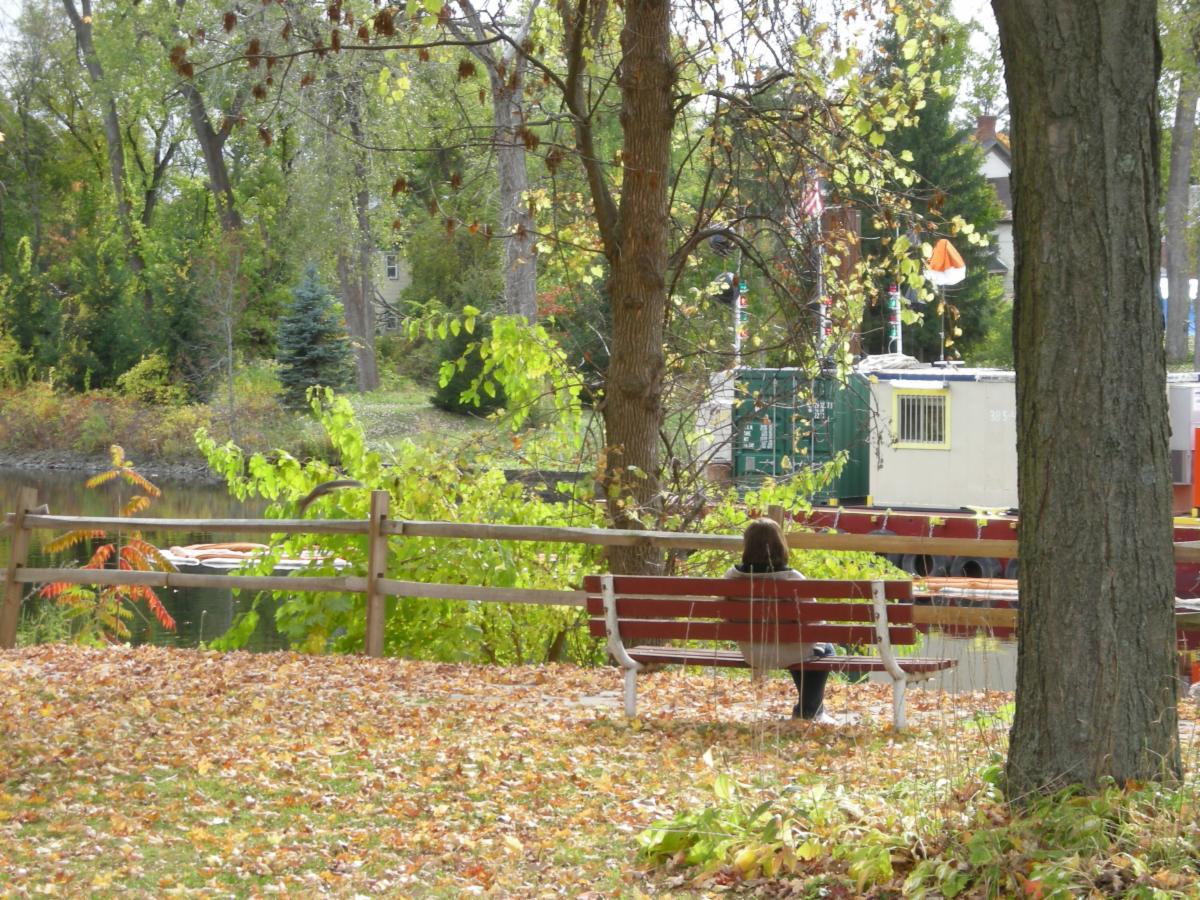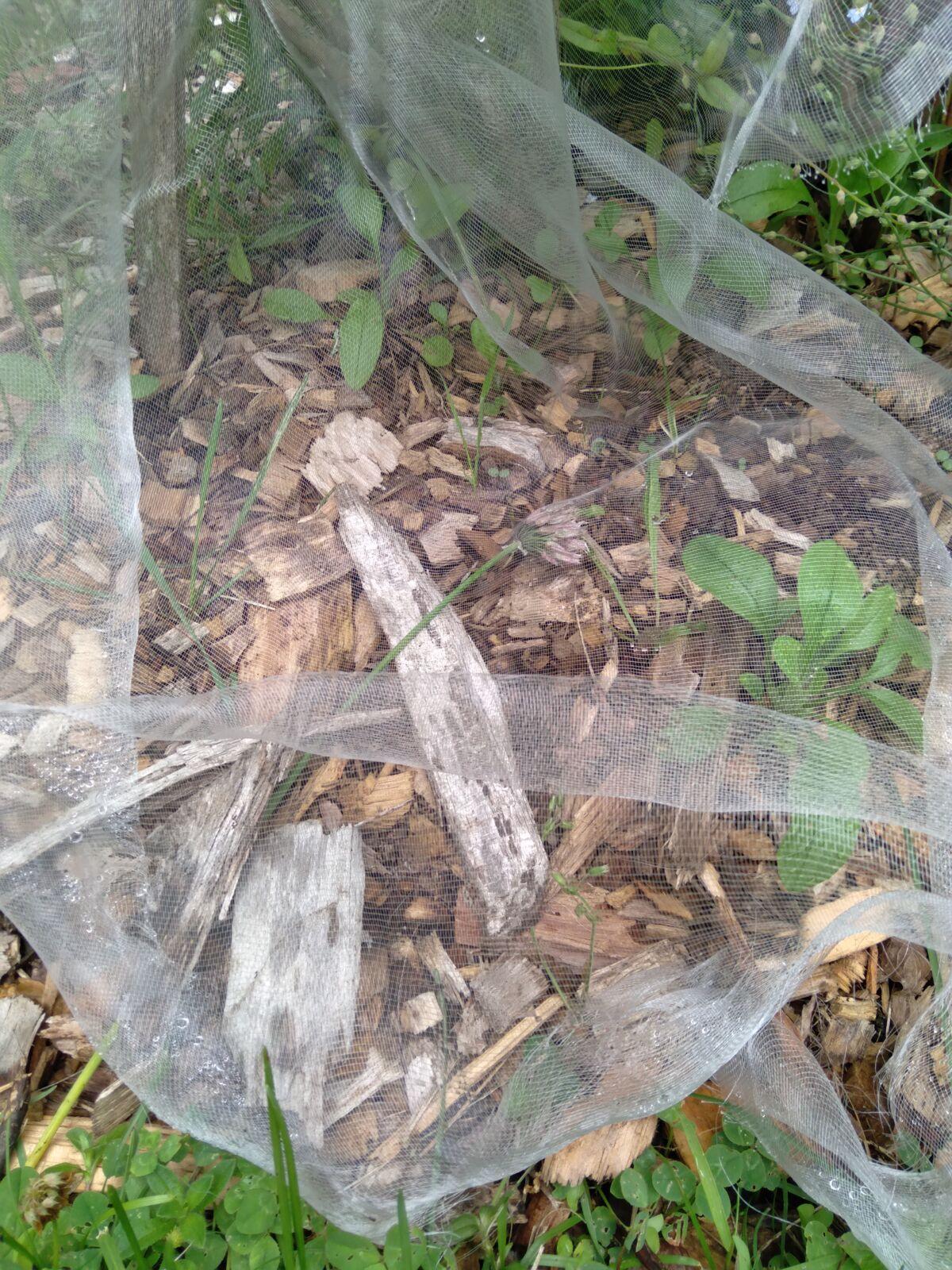
The tree confronted me. It moved suddenly into my line of vision, as if it had stepped forth from its seclusion on the bank of a dry wash deep in one of southeastern Utah’s winding canyons. Lightning-charred, ragged, gouged with holes, probably a cottonwood in its former life, it demanded to be dealt with. The year was 1993, and I was assisting three guides on a wilderness rites of passage program. The ten participants were on their three-day solo, and I had taken some time away from our base camp to explore the canyon. My eyes had been dipping up and down between the cliffs, where I hoped to spot Ancestral Puebloan ruins, and the streambed, with its smooth stones the colors of lavender, blood, jade, and lion. Then this commanding old tree appeared. I slipped off my daypack and sat down before it.
There is something venerable about a tree struck by lightning. It seems to bear nakedly its whole history: life, death, the cause of its death, and even, unlike other living beings, continued existence after death. When it was alive this tree would have been a formidable presence here in this stone canyon. Rabbits and deer would have sought it out for its tasty shoots, especially in the winter months, when the buds continued to develop. Many birds would have nested in the tree, and owls would have perched in it at night to watch for prey passing underneath. When branches fell off, which they would have done with increasing frequency as the tree got older, woodpeckers, bats, and even bears could have found food and shelter in the hollows.
Impulsively I felt the urge to celebrate the abundance of gifts the tree gave during its life by offering a gift of my own. From the wash I collected stones in the brightest colors I could find and ringed them around the base of the tree. I picked wildflowers and arranged them in the holes pocking the trunk, selected shapes of bleached wood and set them amid the stones. The bright colors stood out, jewel-like, against the shiny ebony char. When I had completed my ministrations, the tree looked resplendent enough to preside at some great ceremony. As for me, I felt I’d formed a compact with this venerable being.
When I got back to base camp and recounted the story to the guides, one of them, a psychologist, said matter-of-factly that it was, of course, myself, not the tree, that I had been compelled to beautify. But that really wasn’t it at all. That tree had not been a thing,a psychological stand-in for my self; it had been a presence in its own right. It had lived, been struck down, died, and yet survived, and it deserved recognition for its achievements.
This first act of beauty that I made for a hurt place became a key element as we began to create the Practice of RadJoy when our organization was founded.
—Trebbe Johnson
The story of the cottonwood tree in the wash is excerpted from my book, Radical Joy for Hard Times: Finding Meaning and Making Beauty in Earth’s Broken Places
Image Credit:
- Cottonwood Tree: Mundo Ravens
MORE RADICAL JOY REVEALED
“There’s No Wounding Here”
Every now and then, around this time of year, in the weeks leading up to the Global Earth Exchange, someone emails to tell me they’d like to participate in our annual event of giving beauty [...]
Do It Though No One Notices
A young woman I know who lives in North Carolina considers herself an ardent environmental activist. She belongs to the Sierra Club and The Wilderness Society, works for an organization that runs therapeutic wilderness programs [...]
In Memory of a Cardinal
Radical Joy for Hard Times has always urged our members around the world to give attention and beauty to those places and beings that have meaning for them. It’s not necessary to seek out some [...]


